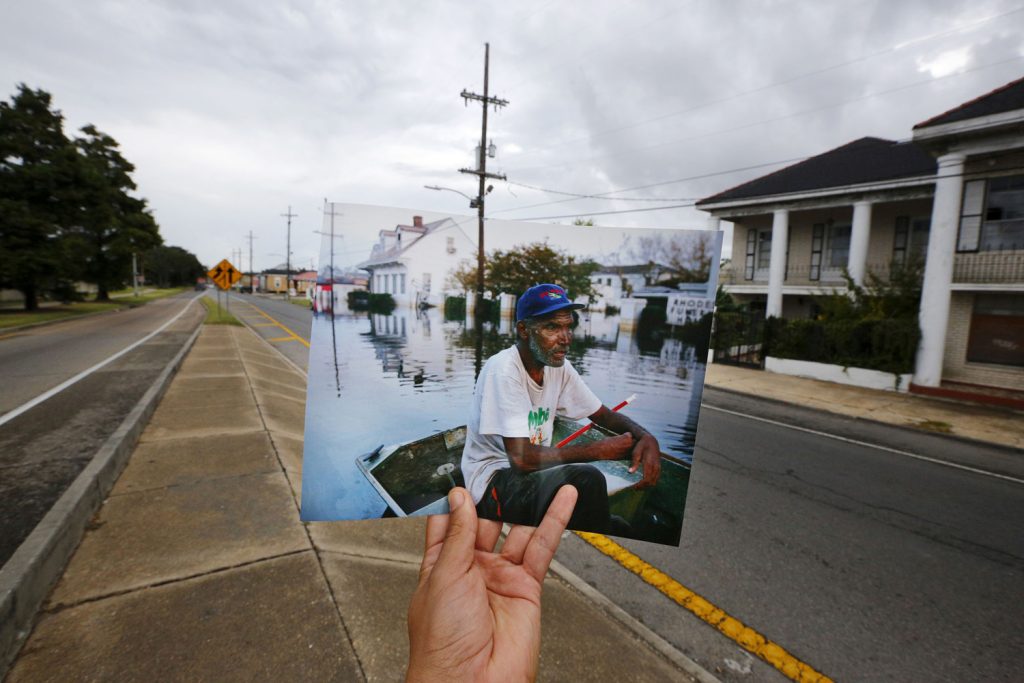
Hurricane Katrina, one of the deadliest hurricanes in U.S. history, struck the Gulf Coast in August 2005, leaving a lasting impact on New Orleans and its surrounding areas. While much is known about the storm’s destruction and the government’s response, there are several lesser-known facts that reveal more about the event and its
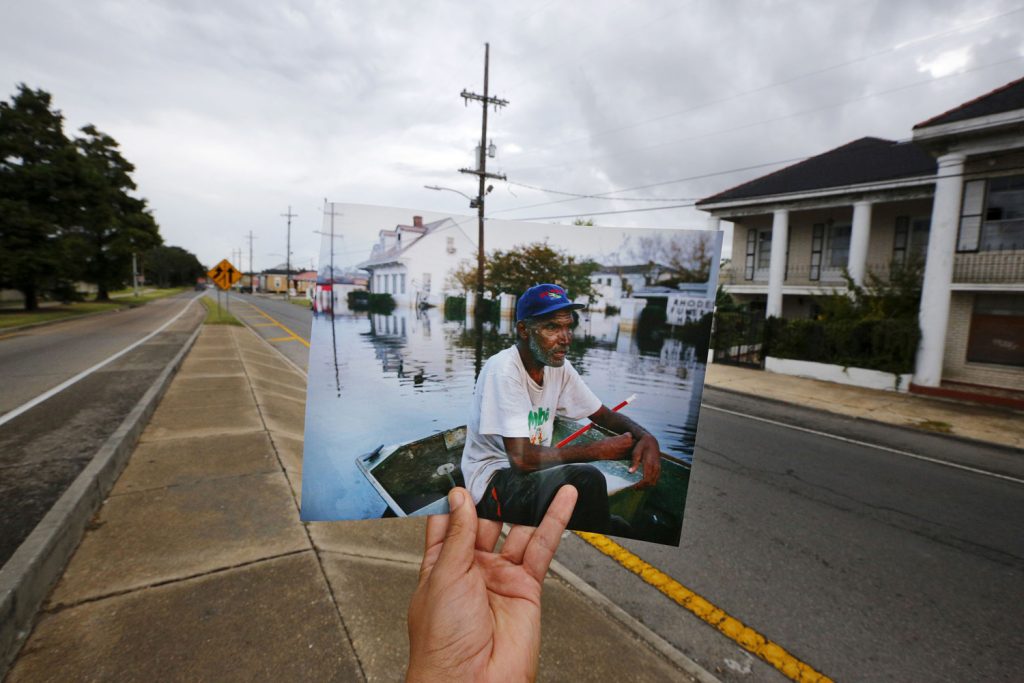
1. Katrina Was Not Initially Predicted to Hit New Orleans Directly
Initially, the forecasts for Hurricane Katrina did not predict a direct hit on New Orleans. The storm was expected to make landfall closer to the Mississippi and Alabama coastlines. It wasn’t until the day before landfall that the National Hurricane Center issued a warning of Katrina making a more direct impact on New Orleans, causing the city to go into emergency preparations at the last moment.
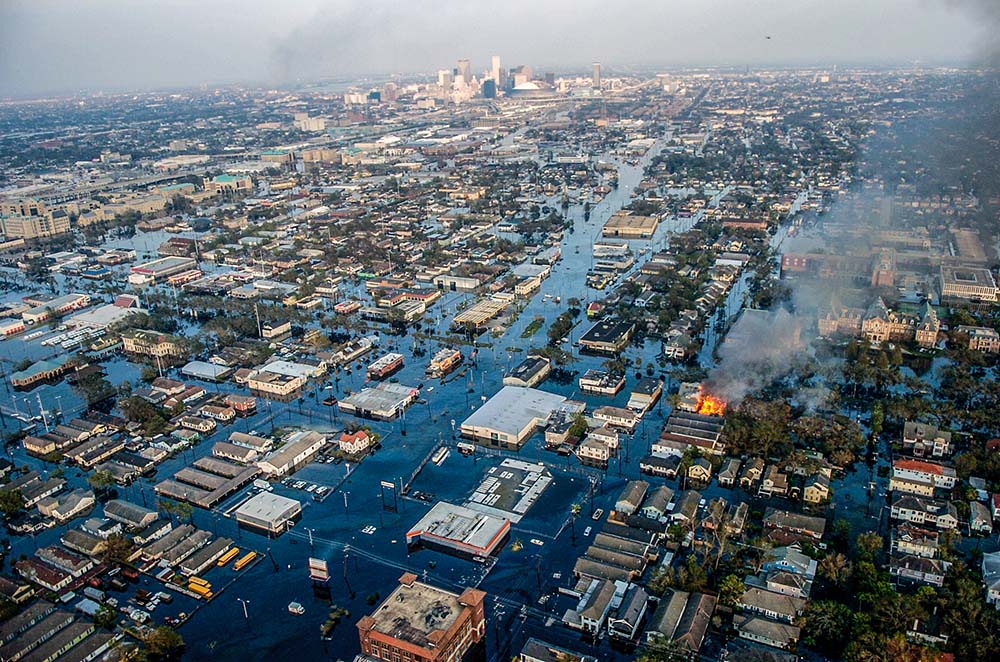
2. The “Hurricane Pam” Exercise
A year before Katrina, an exercise known as “Hurricane Pam” simulated a hurricane striking New Orleans. The hypothetical storm envisioned significant flooding and infrastructure damage similar to what occurred during Katrina. While the exercise highlighted the city’s vulnerabilities and the need for comprehensive disaster planning, many of its recommendations were not implemented in time for Katrina.
3. Massive Failure of Levees and Flood Walls
One of the most significant contributors to the devastation in New Orleans was the failure of the levee and flood wall systems designed to protect the city. Many of these structures were constructed with flawed engineering designs, insufficient materials, and poor maintenance. The U.S. Army Corps of Engineers, responsible for these structures, later acknowledged that the failures were due to their engineering mistakes.
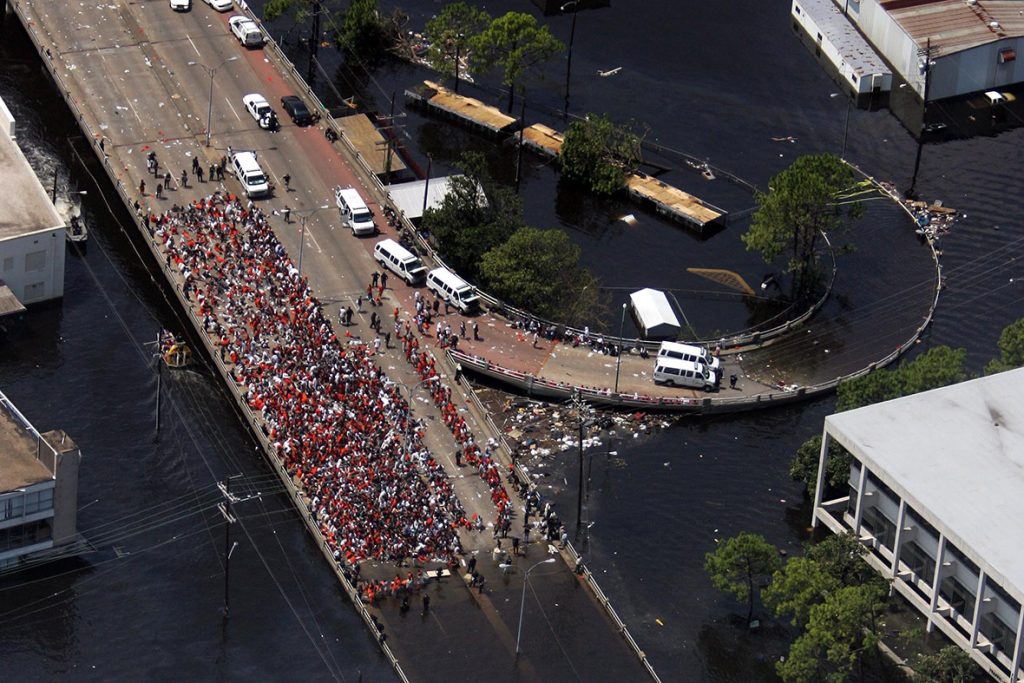
4. Environmental Impact: The Loss of Wetlands
The storm caused extensive environmental damage, including the loss of over 100 square miles of wetlands along the Gulf Coast. These wetlands served as a natural buffer against storms, absorbing storm surges and reducing the impact on inland areas. The loss of these natural barriers has made the region more vulnerable to future hurricanes and rising sea levels.
5. The Largest Diaspora in U.S. History
Hurricane Katrina resulted in the largest displacement of people in the United States since the Dust Bowl of the 1930s. Over 1 million people were displaced from the Gulf Coast region, with more than 400,000 residents of New Orleans scattered across the country. Many never returned, leading to significant demographic changes in the city and surrounding areas.
6. The Role of the Superdome
The Louisiana Superdome became a symbol of the disaster as it housed thousands of evacuees in dire conditions. Designed to shelter up to 800 individuals for a few days, it ended up holding over 20,000 people for nearly a week. The facility was ill-prepared for the crisis, with insufficient food, water, and sanitation facilities. This situation highlighted the lack of preparedness and coordination in the emergency response.
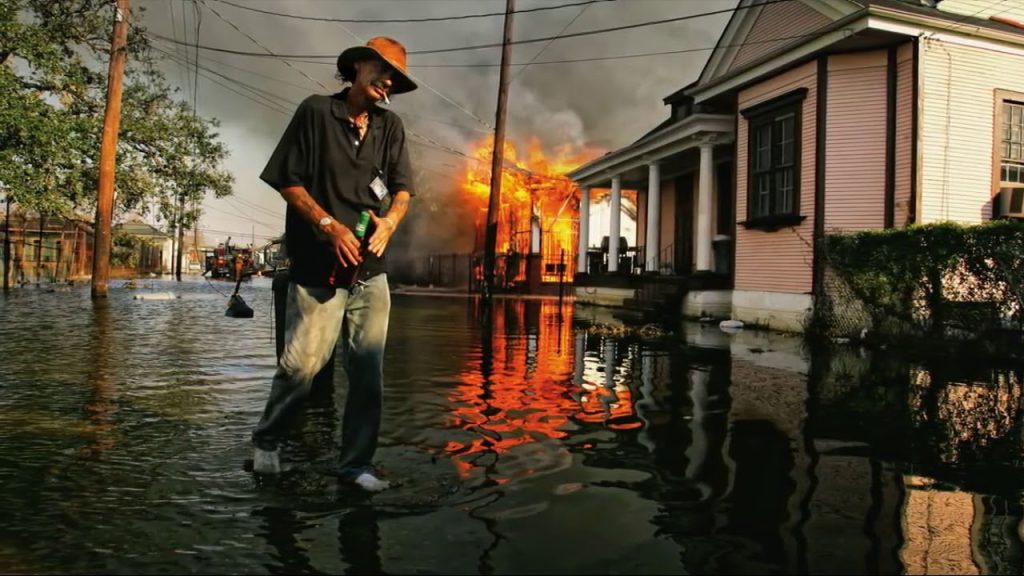
7. Economic Impact and Recovery
The economic impact of Hurricane Katrina was enormous, with damages estimated at over $160 billion, making it the costliest hurricane in U.S. history. The storm affected vital industries in the Gulf Coast region, including oil and gas production, shipping, and tourism. Recovery efforts have been ongoing for years, with significant investments in infrastructure and community development aimed at revitalizing the affected areas.
8. The Rise of Grassroots Efforts
In the aftermath of Hurricane Katrina, grassroots organizations played a crucial role in the recovery process. Community groups and volunteers from across the country came together to provide immediate relief, rebuild homes, and support displaced residents. These efforts highlighted the resilience and determination of local communities to overcome the disaster and rebuild stronger.
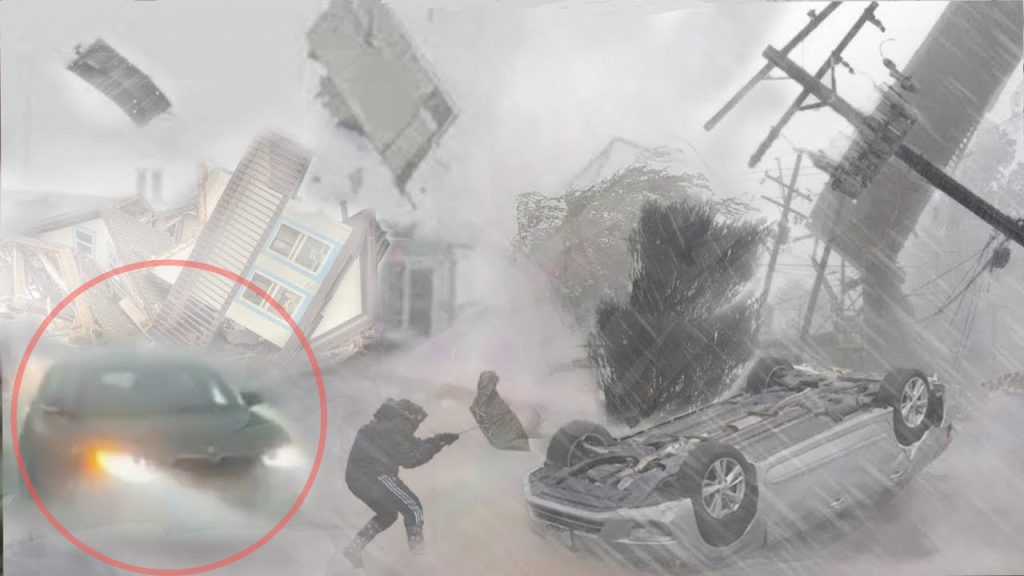
9. The Influence on Disaster Policy
Hurricane Katrina had a profound impact on U.S. disaster policy, leading to significant changes in emergency management and response protocols. The Federal Emergency Management Agency (FEMA) underwent restructuring and improvements in coordination with state and local agencies. The disaster underscored the need for better preparedness, communication, and resources in dealing with large-scale emergencies.
10. Resilience and Cultural Preservation
Despite the immense challenges posed by Hurricane Katrina, New Orleans has shown remarkable resilience in preserving its unique cultural heritage. The city’s music, cuisine, and traditions continue to thrive, serving as a testament to the strength and spirit of its residents. Ongoing efforts to rebuild neighborhoods and revitalize the cultural scene have been crucial in maintaining the city’s identity.

Conclusion
Hurricane Katrina was a watershed moment in U.S. history, exposing vulnerabilities in disaster preparedness and response while highlighting the strength and resilience of affected communities. The lessons learned from this devastating event continue to shape policies and practices in emergency management, ensuring that future disasters are met with greater preparedness and resilience.
